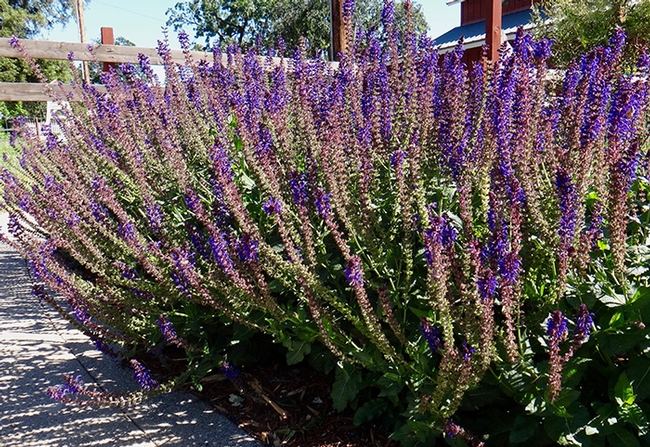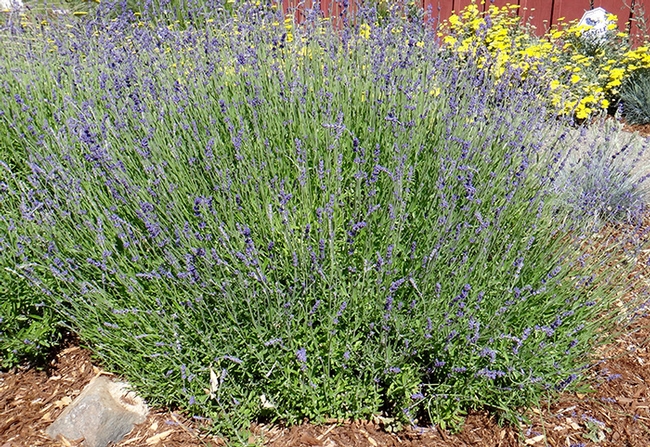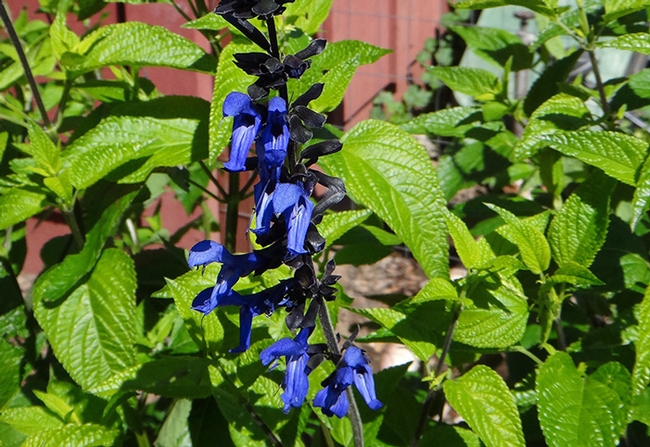By Emilee Fowkes Warne, UC Master Gardener of Butte County, April 13, 2018.

Let's start from the beginning. What does full sun really mean? A plant requiring full sun needs at least 6 hours of direct sunlight each day in order to thrive. If a plant that requires full sun is planted in a location that receives less than 6 hours of direct sunlight, it will often fail to produce flowers or fruit and may become spindly and weak. Likewise, a plant requiring shade that is planted in the sun will quickly develop leaf burn and can die from the lack of protection shade would give its roots and the surface of its leaves. Keep in mind that full shade does not mean “no sun”; all plants need at least some light. But shade plants prefer less than four hours of sun each day and generally do very well in dappled shade conditions, such as beneath trees.

Another vital piece of information is the amount of water a plant is going to need. When you are selecting a plant, note its water requirements. Is it marked as a “Drought Tolerant” or “Xeric” plant? These types of plants are ideal in our climate because they can withstand prolonged hot, dry summer months. Choosing plants labeled drought tolerant or xeric will set you up for the best chance of success in establishing them in your garden. A word of caution though: nearly all plants initially need a period of consistent watering to allow their roots to become established in the soil. By keeping the ground around the plant moist, you allow roots to expand and grow into the native soil adjacent to the original planting site, which will ultimately be where the plant anchors itself for the duration of its lifetime.
It is also important to group plants together that have similar water requirements. A common mistake is to plant a tree in the center of a lawn. Nearly every type of tree has a vastly different water requirement than grass. Grass prefers more frequent, shorter bursts of water, while a tree, once established, prefers a deeper, more gradual soaking. Watering a tree using a watering schedule meant for grass will often result in a less stable, shallow-rooted tree. It is far preferable to plant a tree in a planting bed, allowing plenty of space for it to expand to its mature size.

The UC Master Gardeners of Butte County will be hosting a plant sale this month on April 28th. The sale will be held at the UC Master Gardener Demonstration Gardens at the Patrick Ranch, 10381 Midway, just south of Chico. Many of the plants featured in the sale have been tried and tested in our Demonstration Garden and our own home gardens for success and durability in our climate. All will be marked with the vital plant requirements and characteristics outlined above: sun or shade, size at maturity, drought tolerance, and also whether or not they are California natives and/or pollinator plants. The sale will be staffed with a number of knowledgeable, local Master Gardeners who are there to answer any questions you might have, take you on a tour of the garden, or even help to diagnose your pest problems. We are committed to helping you succeed in your garden!